Affiliate links on Android Authority may earn us a commission. Learn more.
Android's Find My Device network will become really powerful this summer
Published onMay 10, 2023
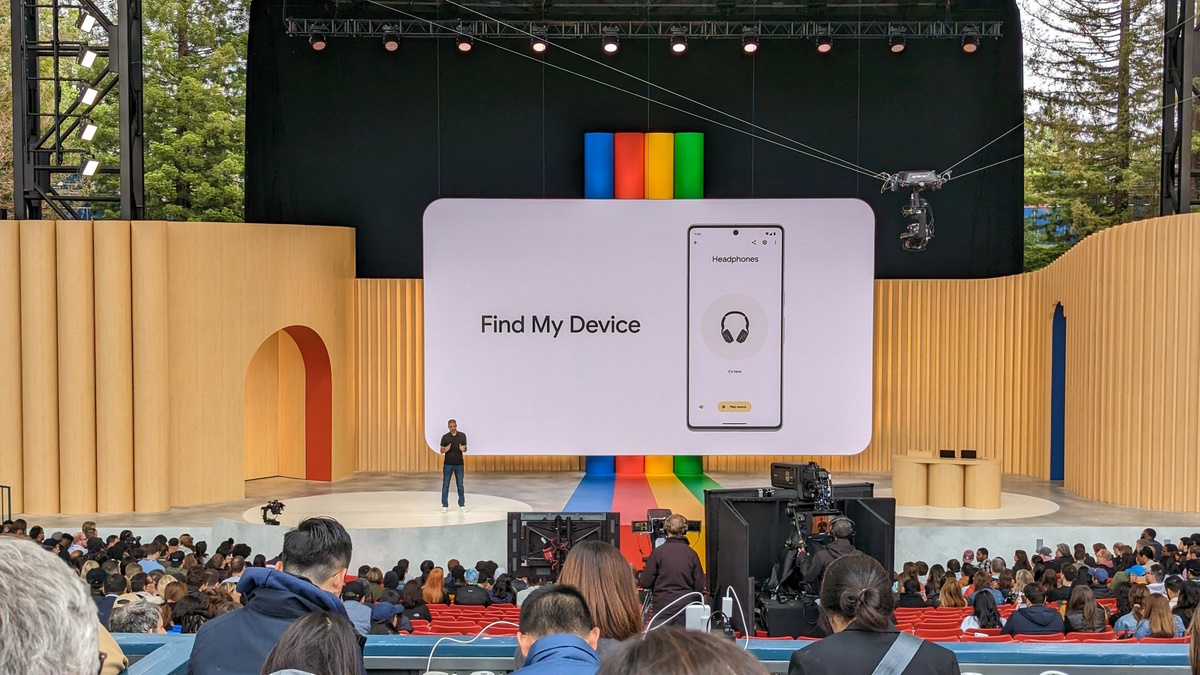
- Android’s Find My Device network will soon be able to use Bluetooth proximity tracking to leverage billions of Android devices into locating each other.
- The Find My Device network is also opening up to third-party Bluetooth trackers like Tile, Chipolo, Pebblebee, and more.
- The network will also get a robust unknown tracker alert system.
Google I/O 2023 is underway, and Google is going full steam with announcements. While the event has had a large focus on AI, Google isn’t leaving Android behind. The company just announced some major updates to Android’s Find My Device network, opening up the network to third-party Bluetooth trackers like Tile, bringing over broadcast options to offline accessories, and introducing unknown tracker alerts.
The big news here is that Android now has an Apple Find My-like Find My Device network. This is significant because Android users will finally be able to leverage the absolute omnipresence of Android devices to locate other nearby devices, even if these lost devices are themselves offline. Android phones with Google Play Services and other products compatible with the Find My Device network will help locate each other via Bluetooth proximity.
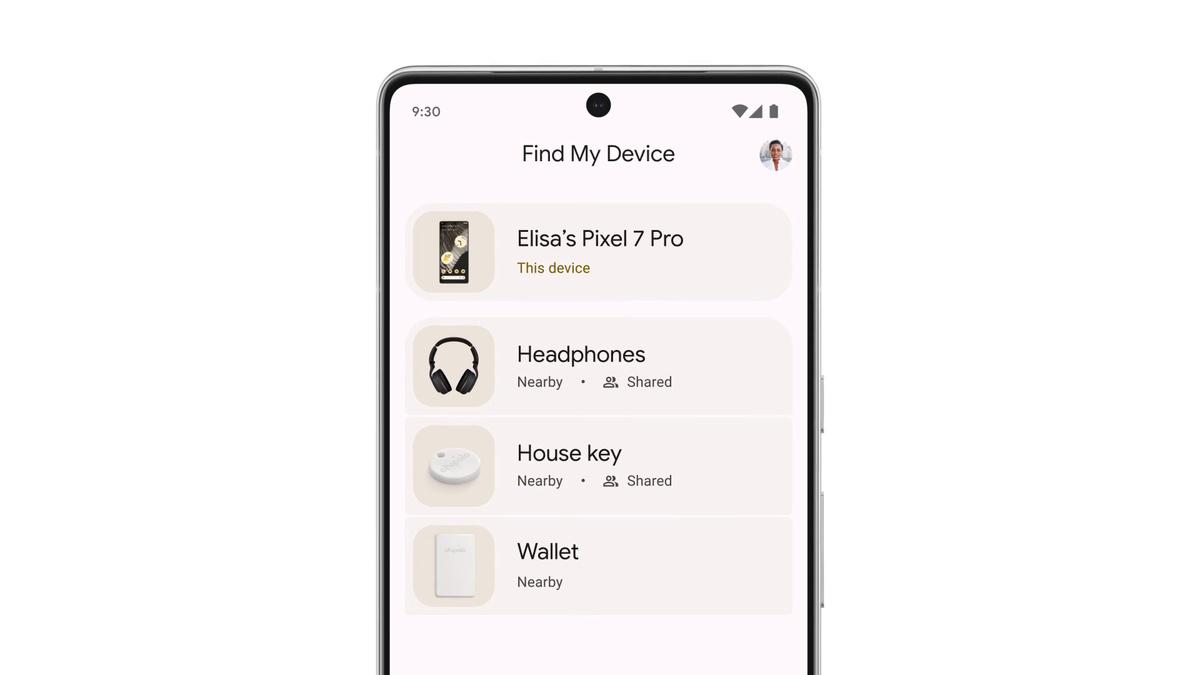
Further, Google is opening up the Find My Device network to third-party Bluetooth trackers. So companies like Tile, Chipolo, Pebblebee, and others will be able to create trackers that can, in turn, help track and strengthen the network. In comparison, Apple’s Find My network works only with Apple devices like iPhones and AirTags. Chipolo was the first to announce compatible trackers with the ONE Point and CARD Point.
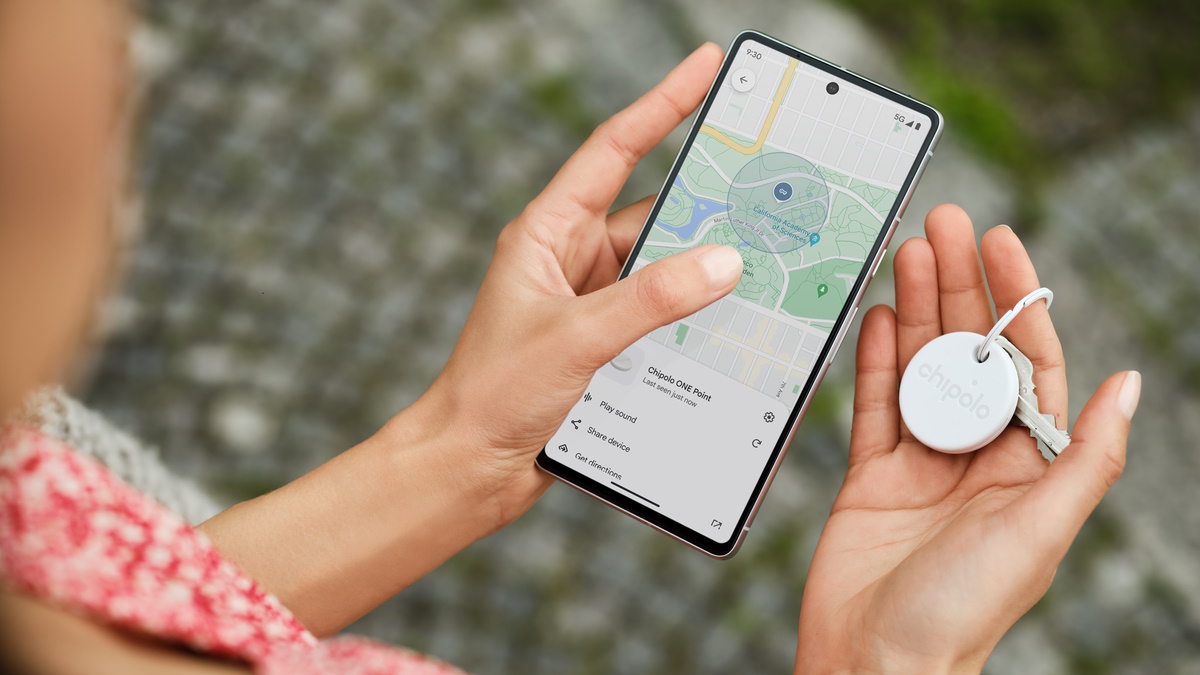
Google will also be adding these Bluetooth location proximity capabilities to its Pixel Buds. Other headphones from Sony and JBL will also be joining the Find My Device ecosystem soon.
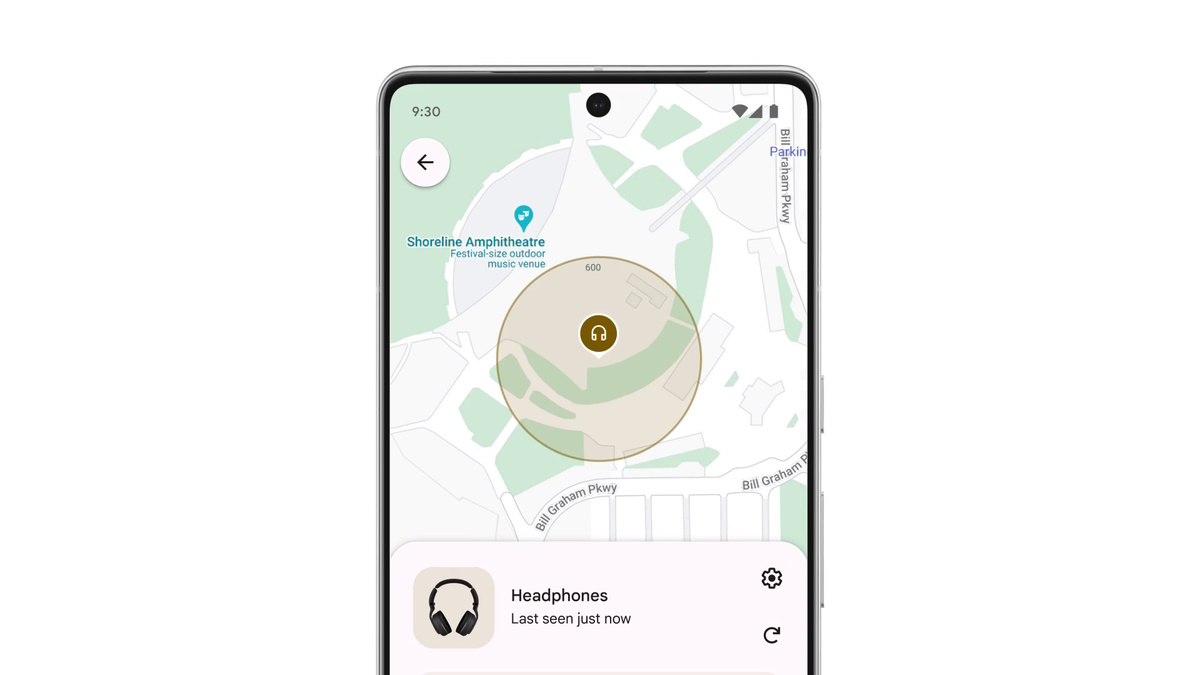
With this introduction, Google is also cognizant of the privacy challenges it is introducing in the ecosystem. So it is also introducing unknown tracker alerts, so you can be alerted if an unknown tracker is traveling with you. You will be able to view unknown devices on a map when they are seen traveling with you and play a sound on the tracker to help locate it.
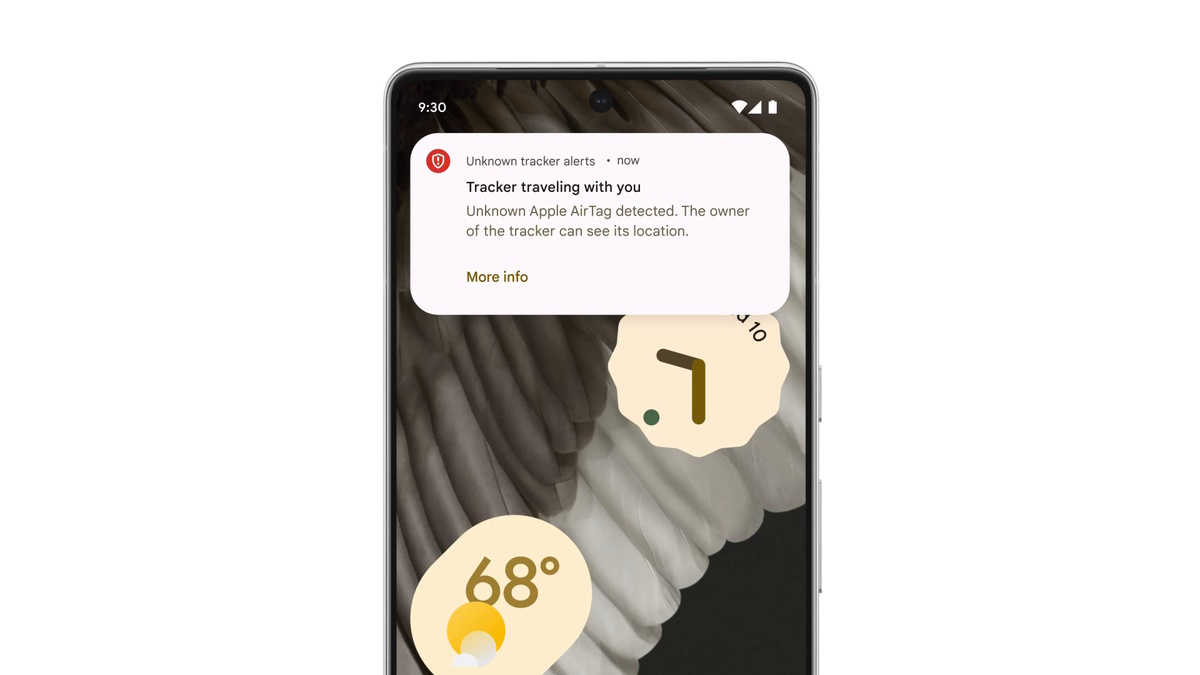
Google will also display instructions to physically disable the tracker and stop it from updating its location. The company is also building in manual scanning, so users can proactively search for unknown trackers near them. And that’s not all, as unknown tracker alerts will work with the Apple AirTags too.
Location data crowdsourced from the Find My Device network is also end-to-end encrypted.
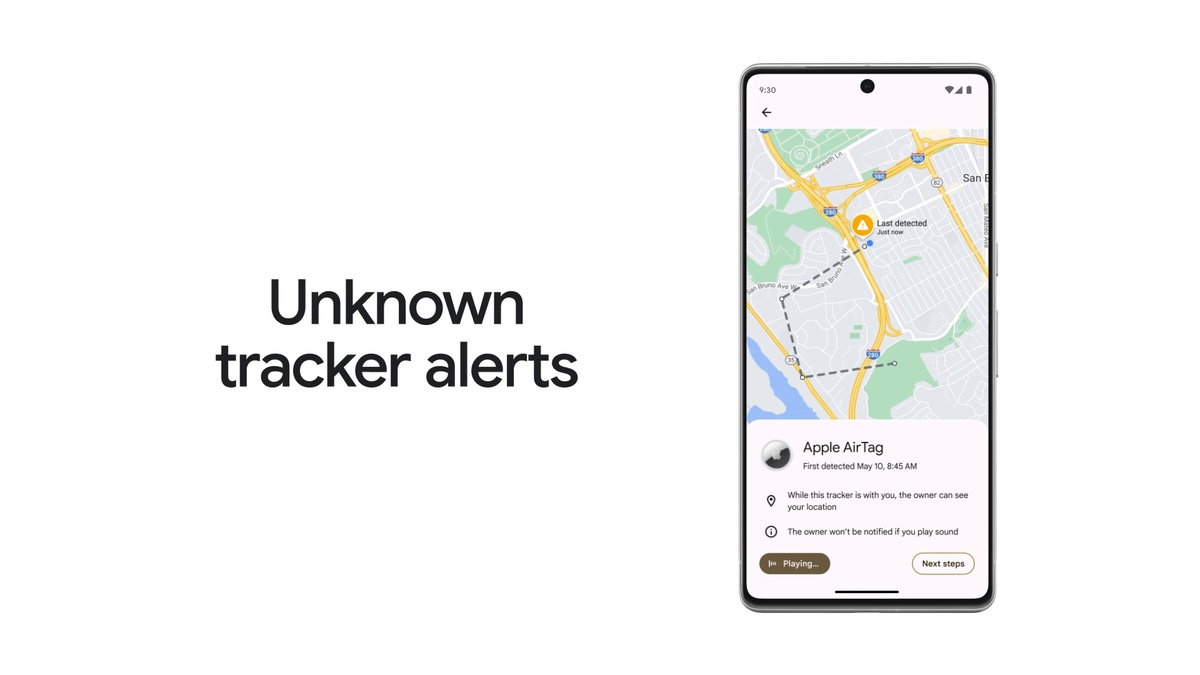
All of these new features are coming this summer, so you still have to wait a little. But knowing how big of an impact they will have on the ecosystem, we really can’t wait.
Android’s current Find My Device network is primarily used to locate devices that are connected to the internet and have location capabilities. This upgrade opens up the network to devices without those capabilities themselves by relying on the generosity of other nearby devices.